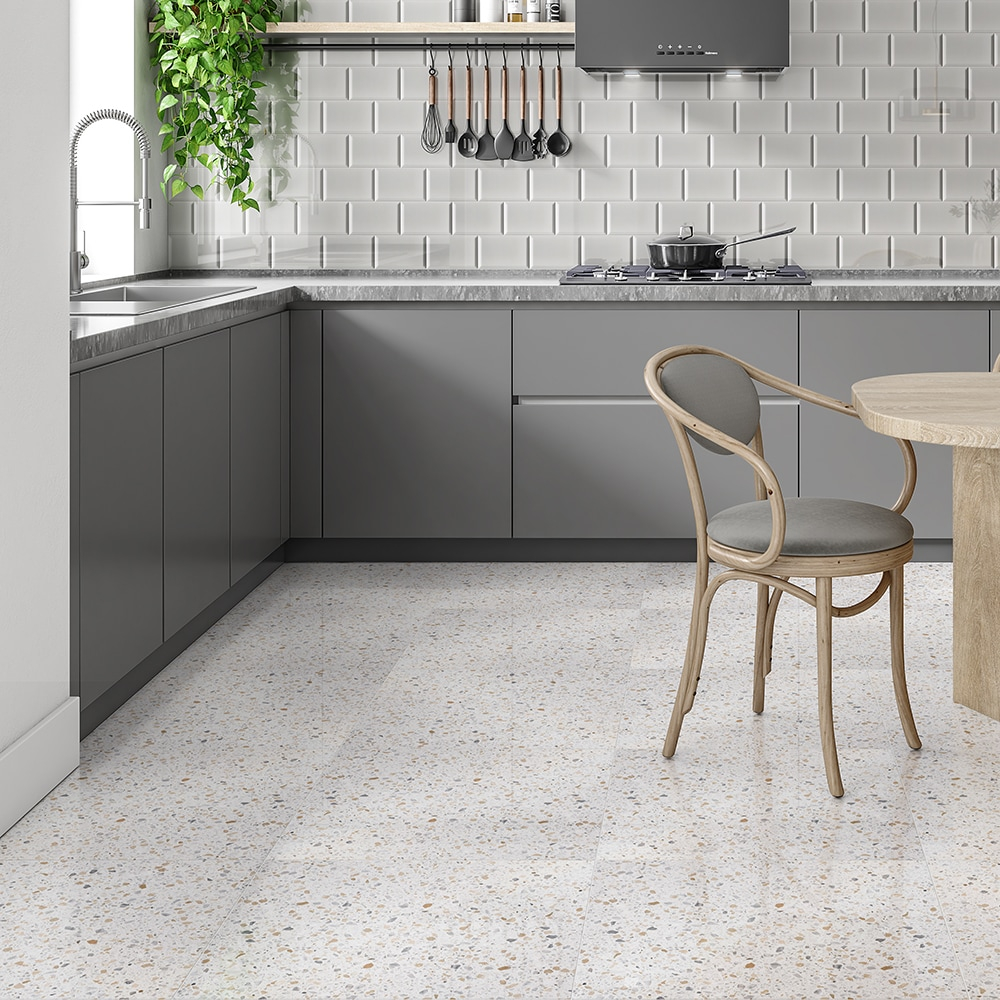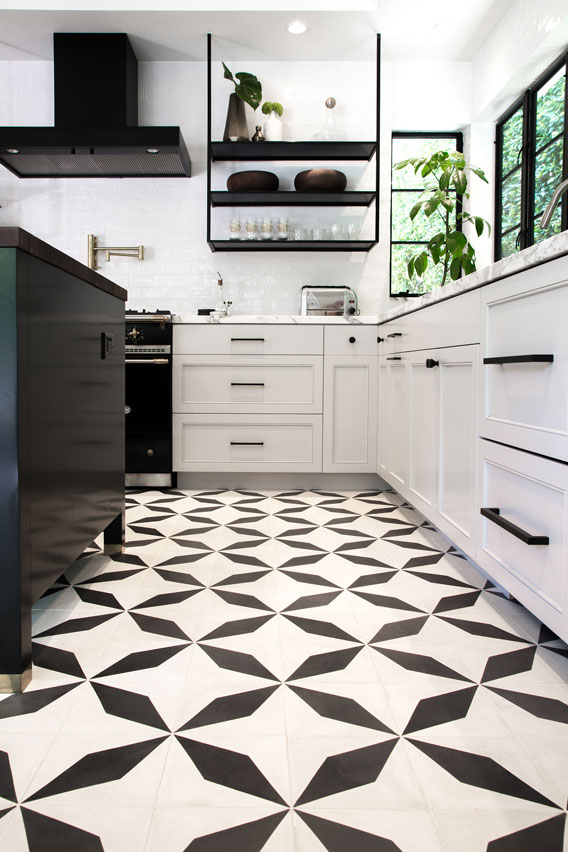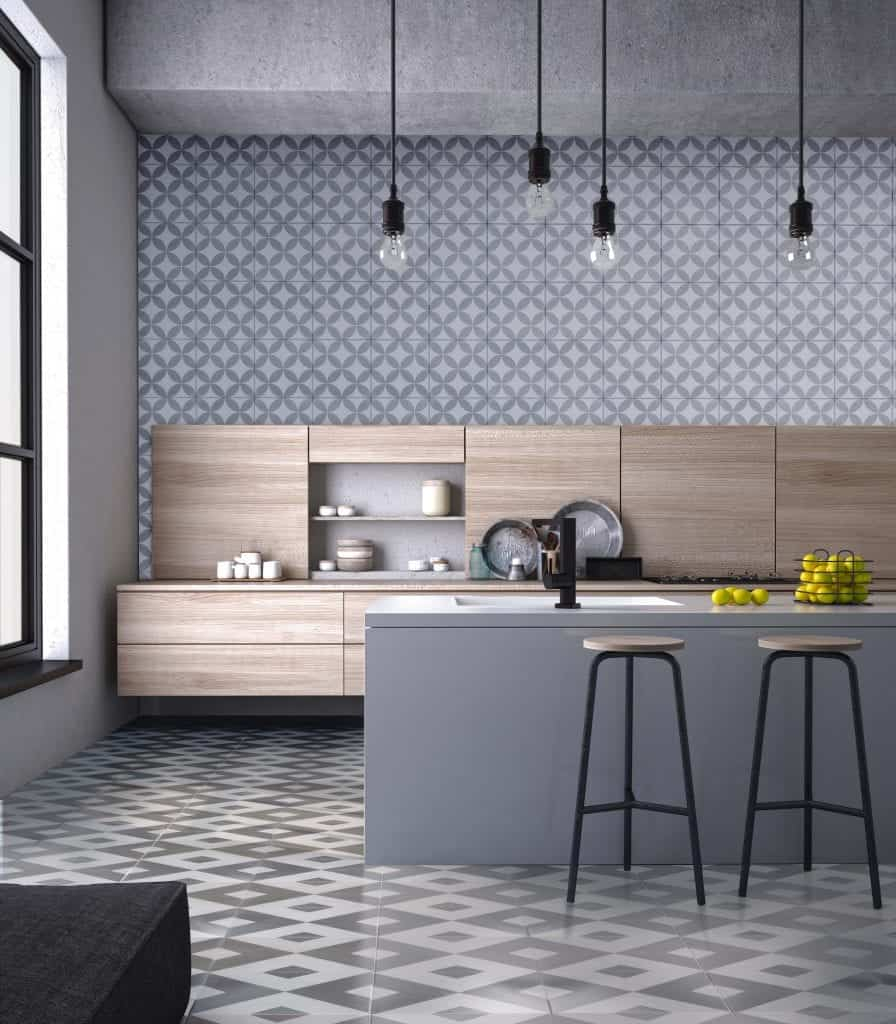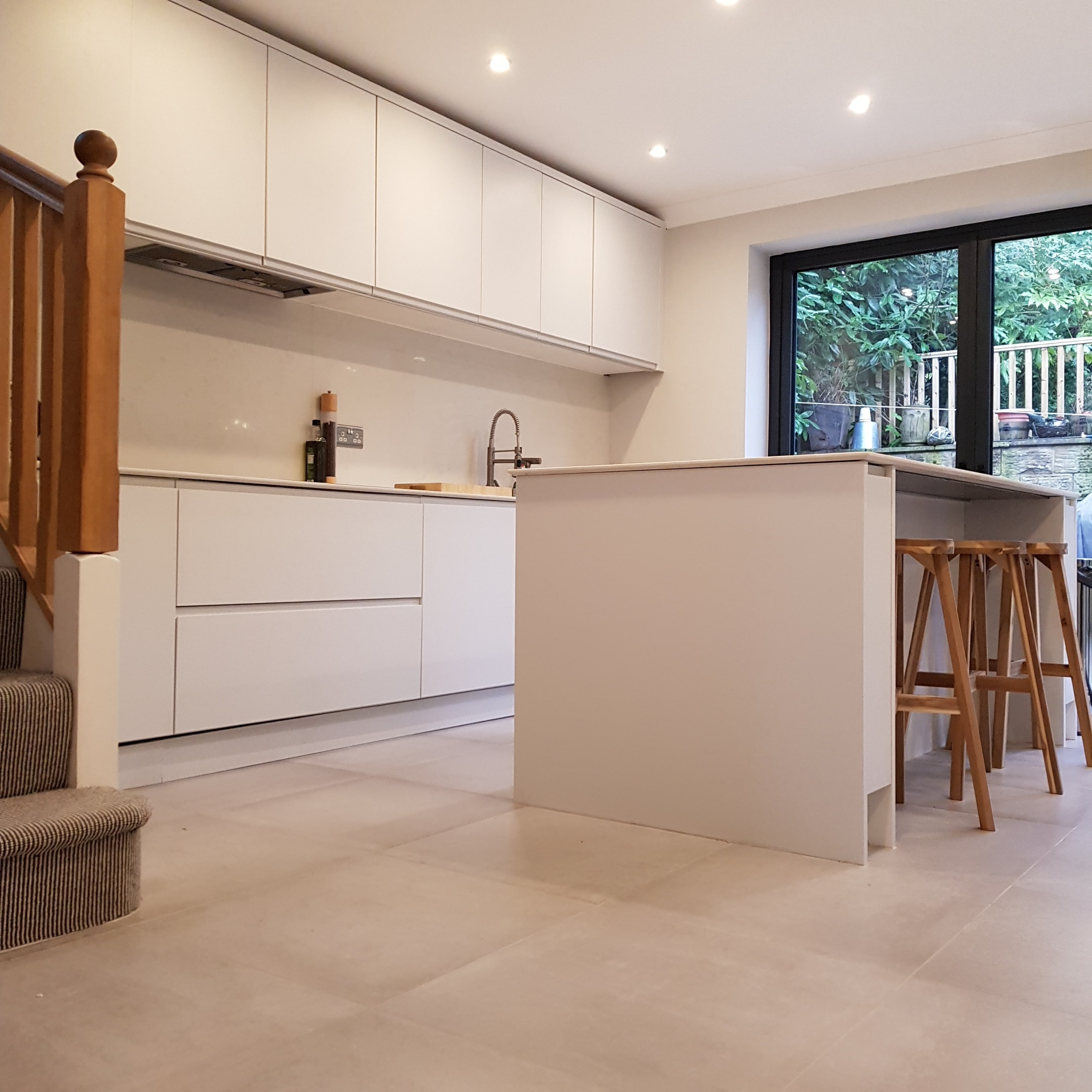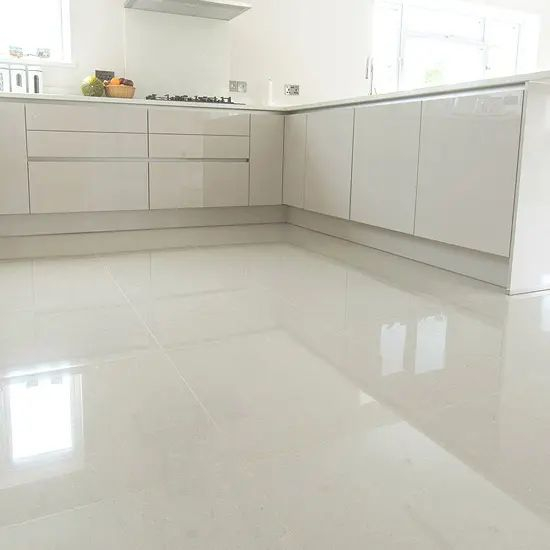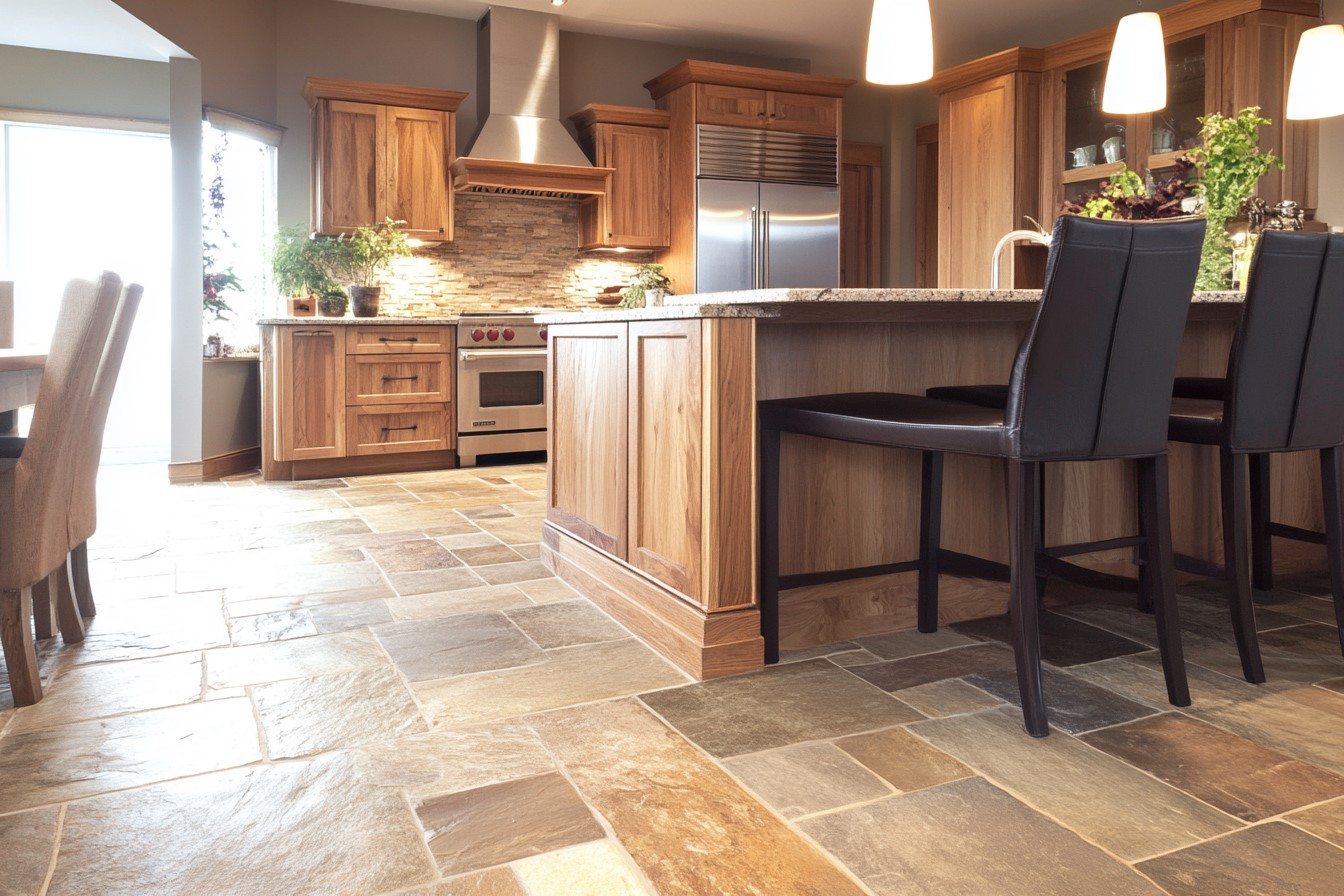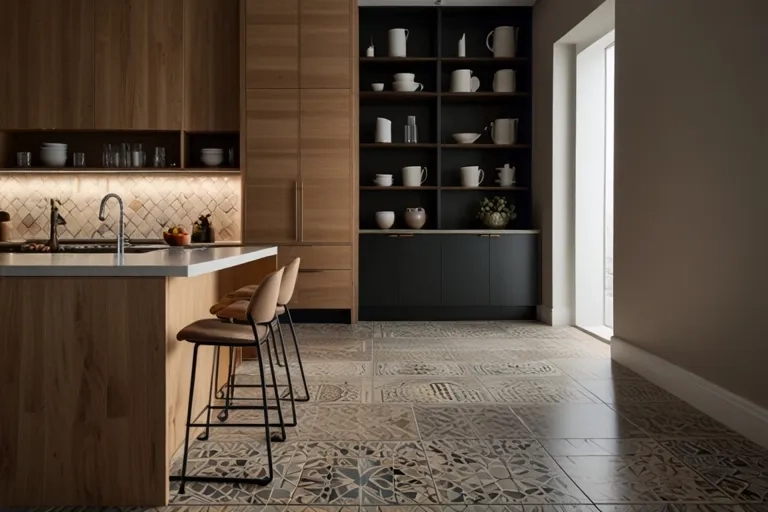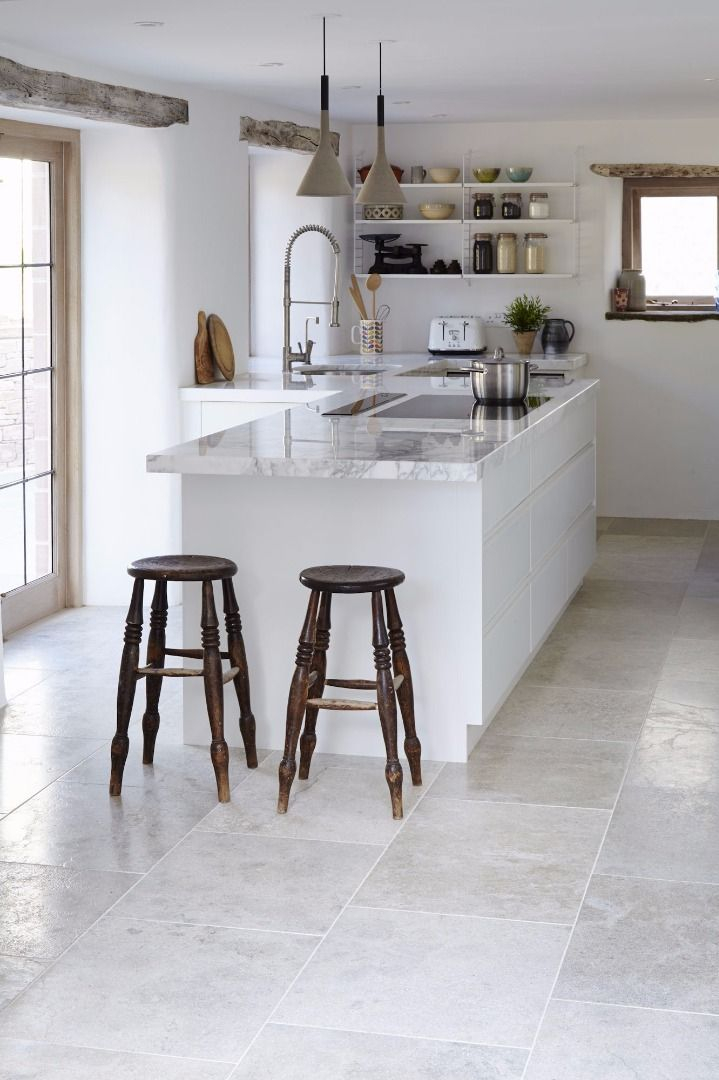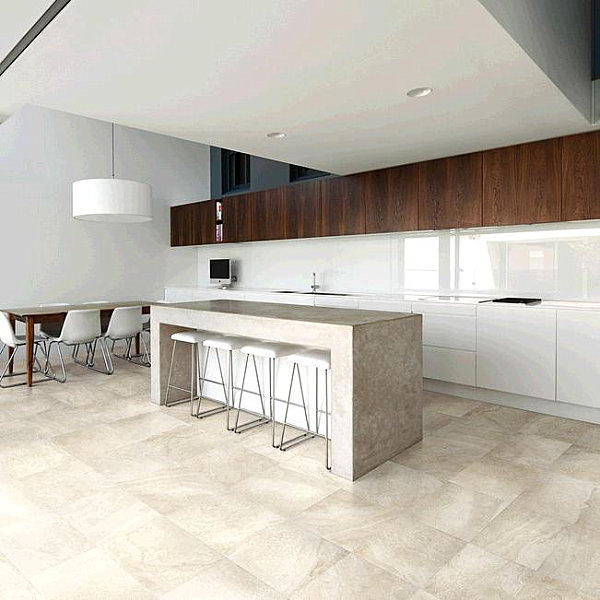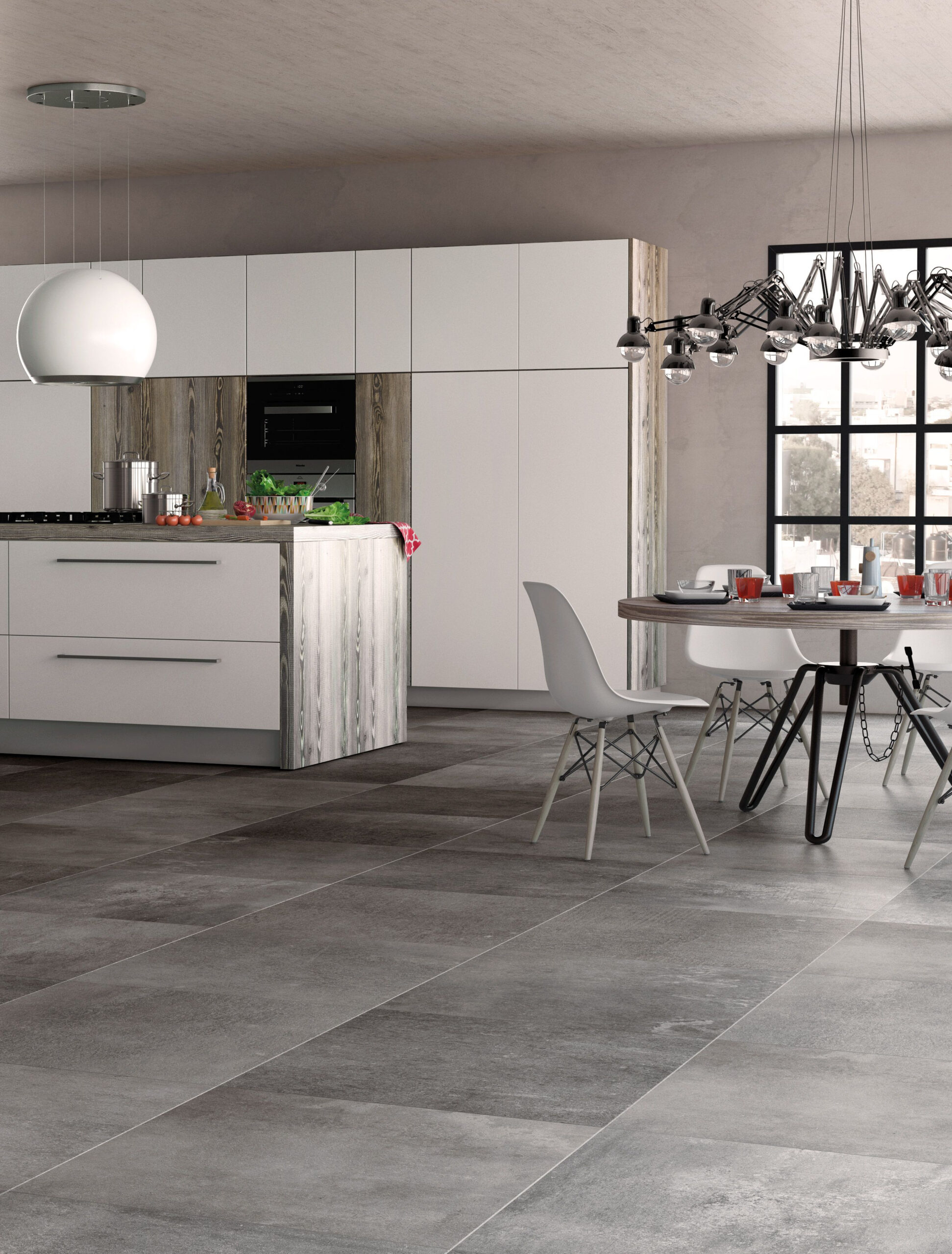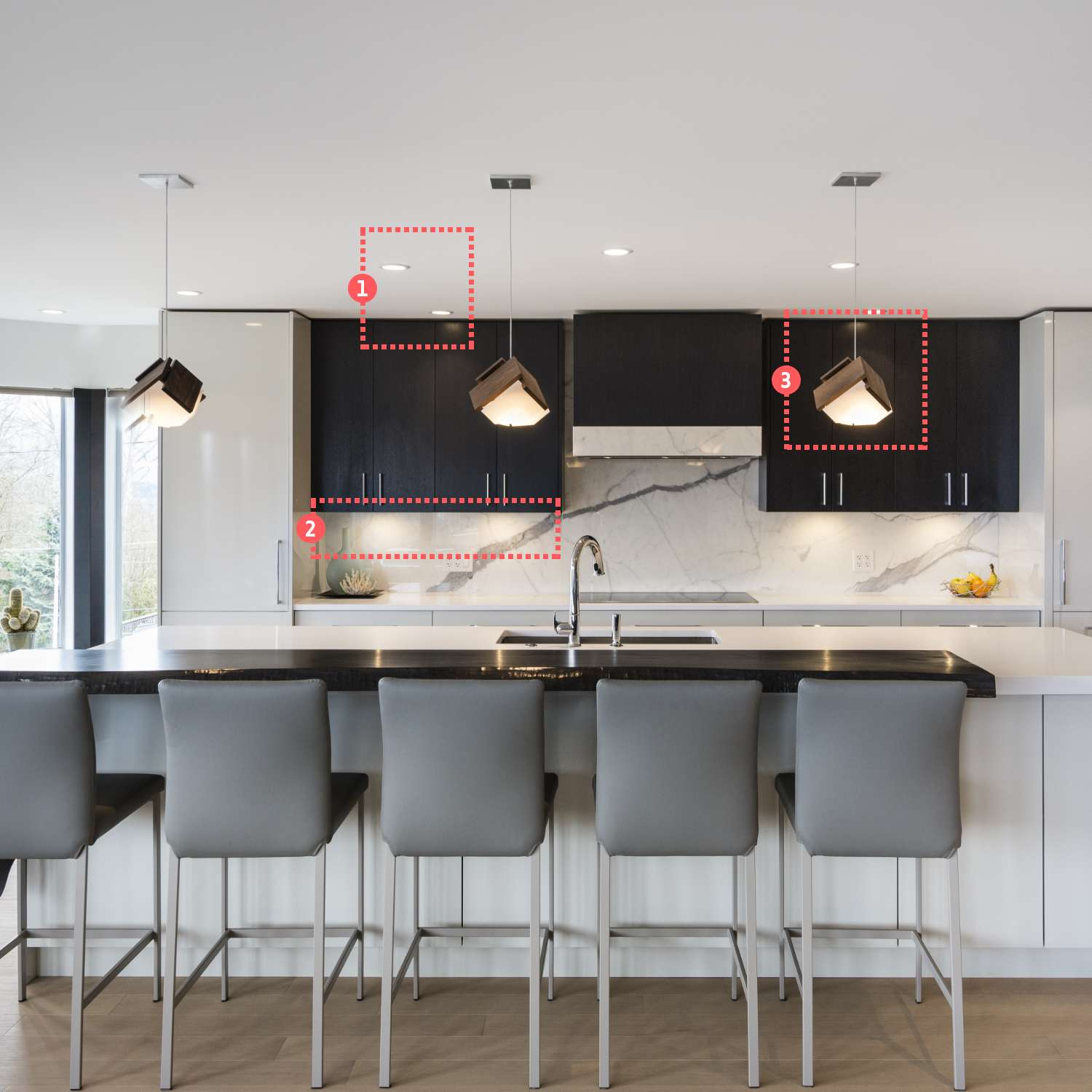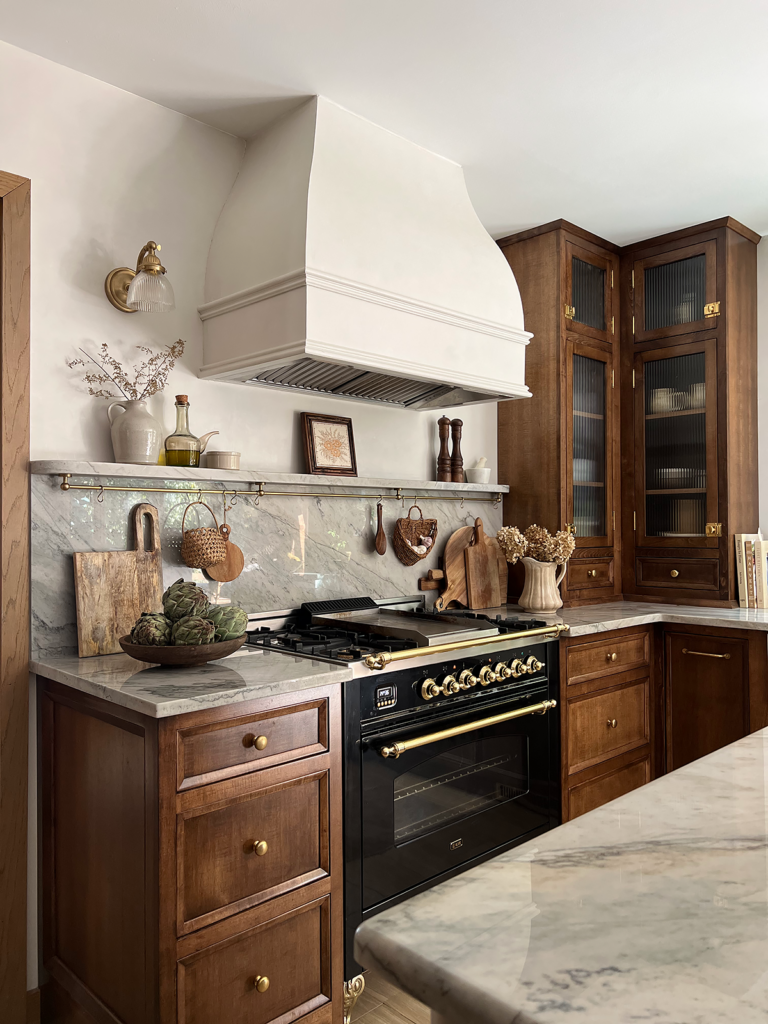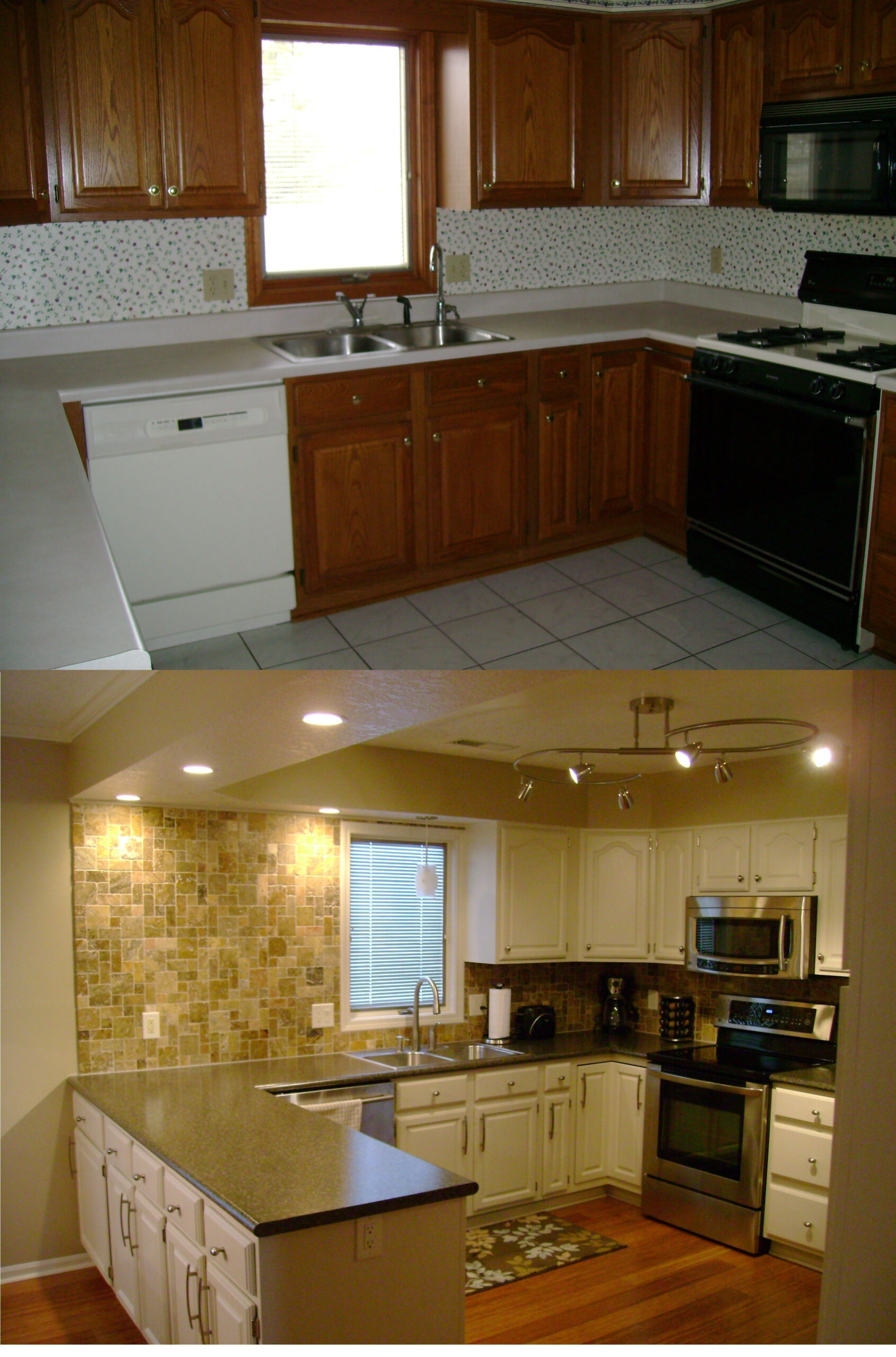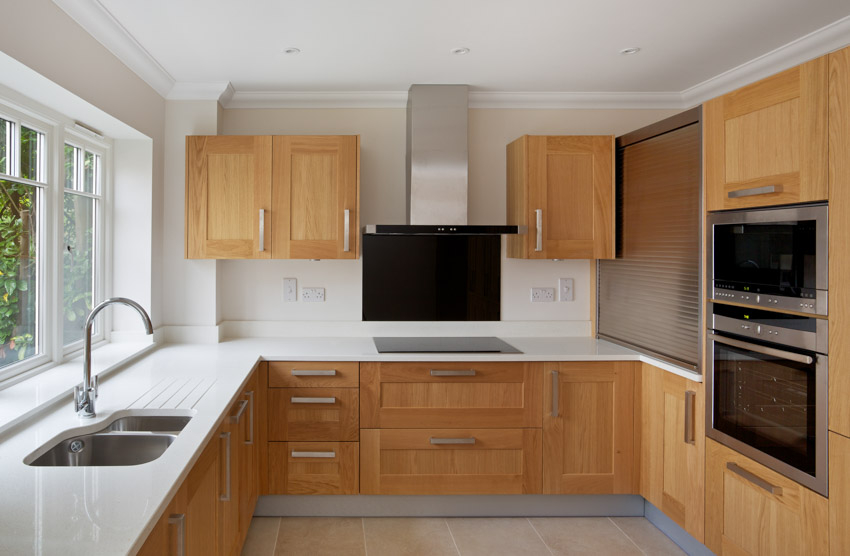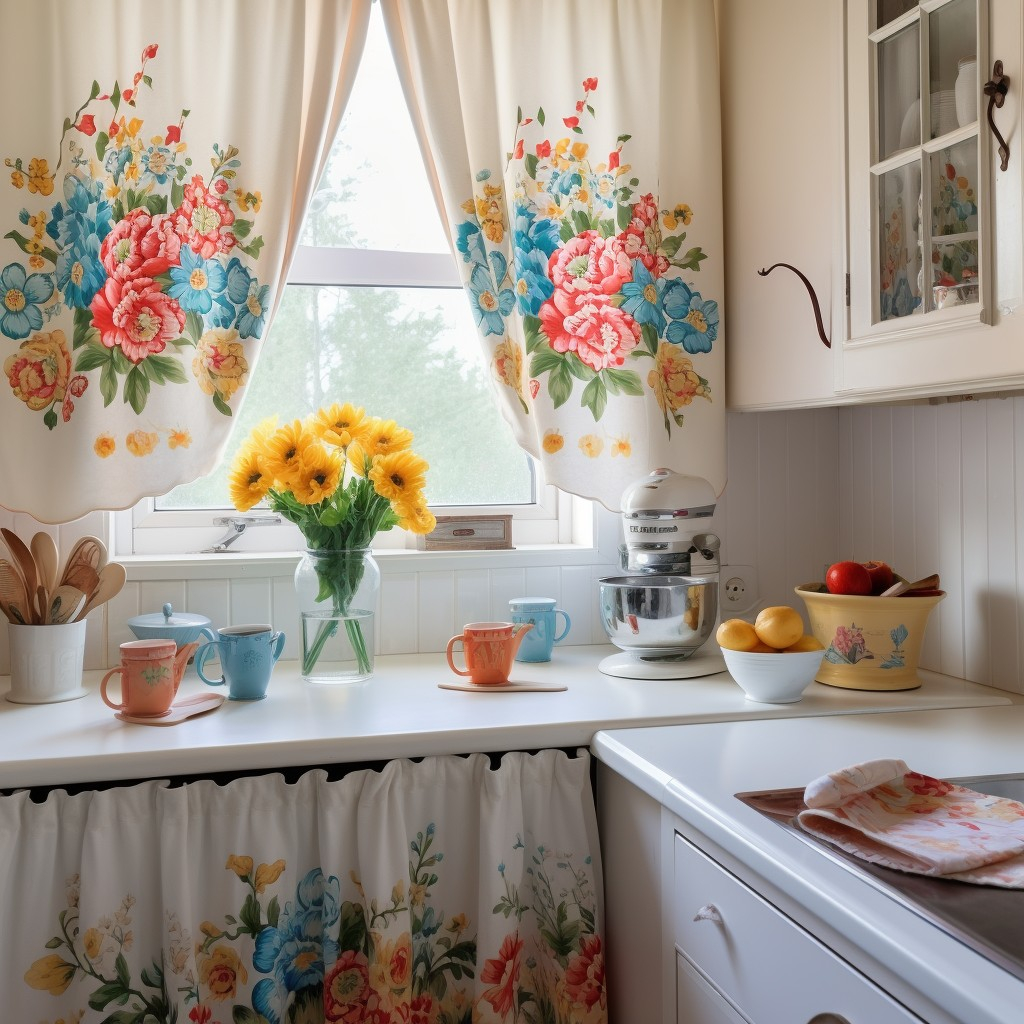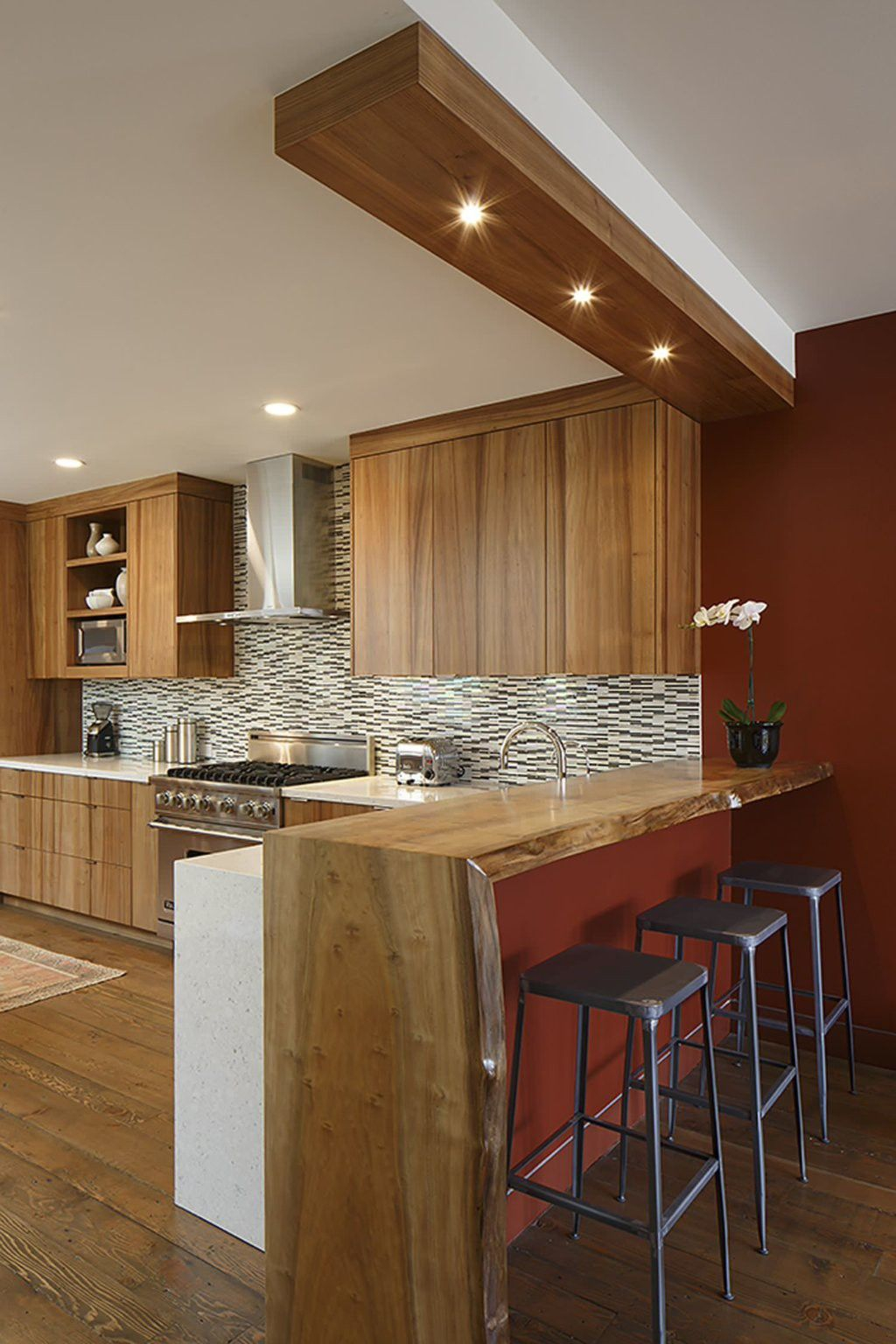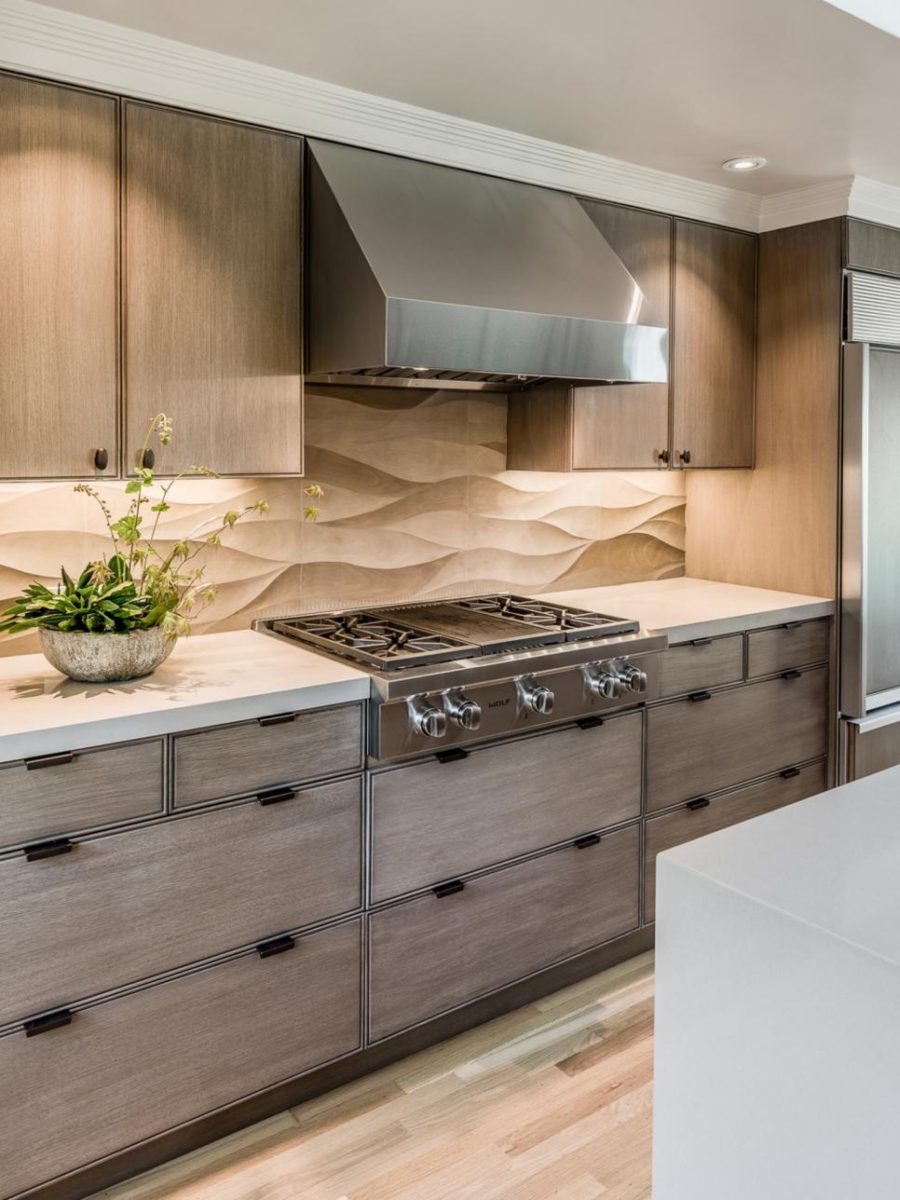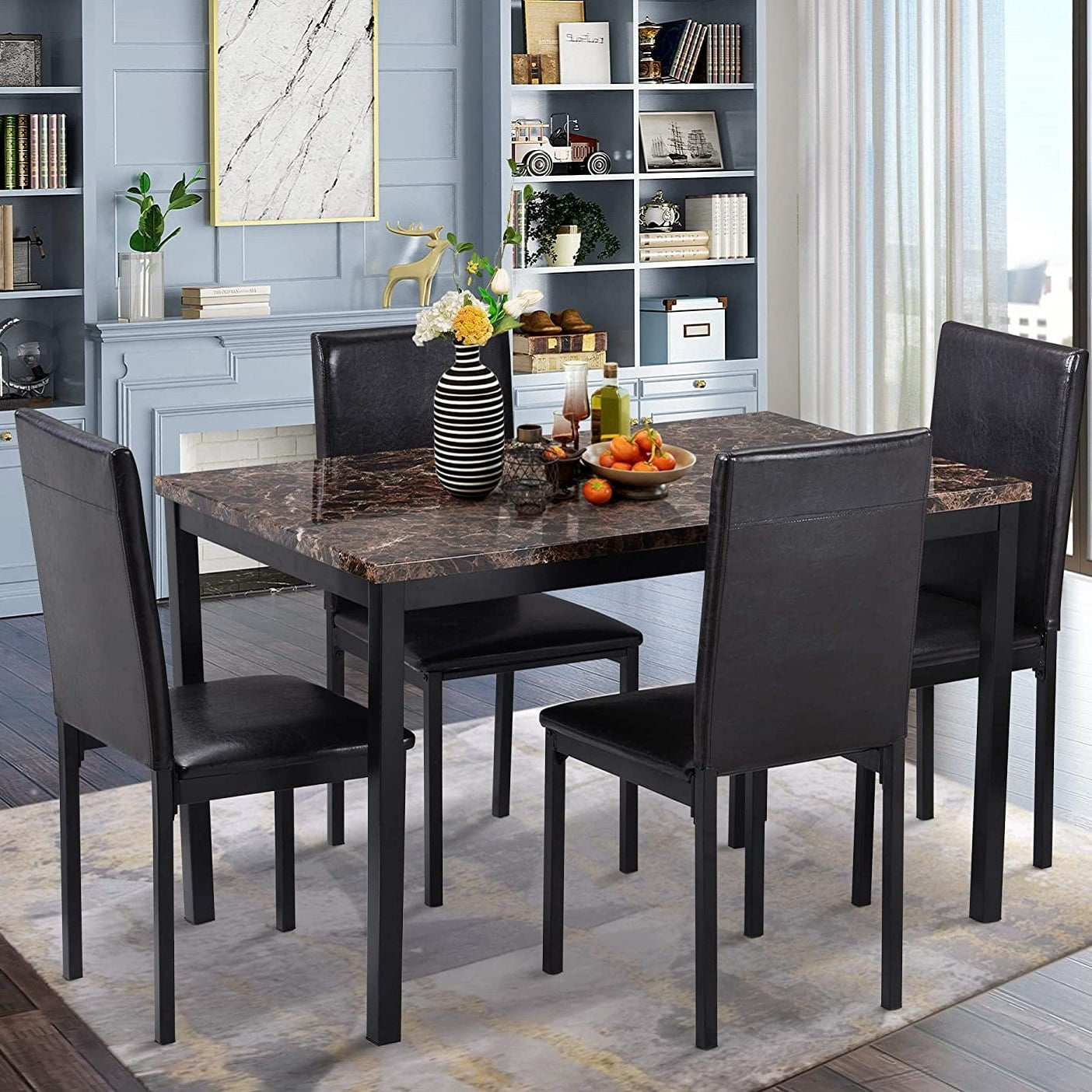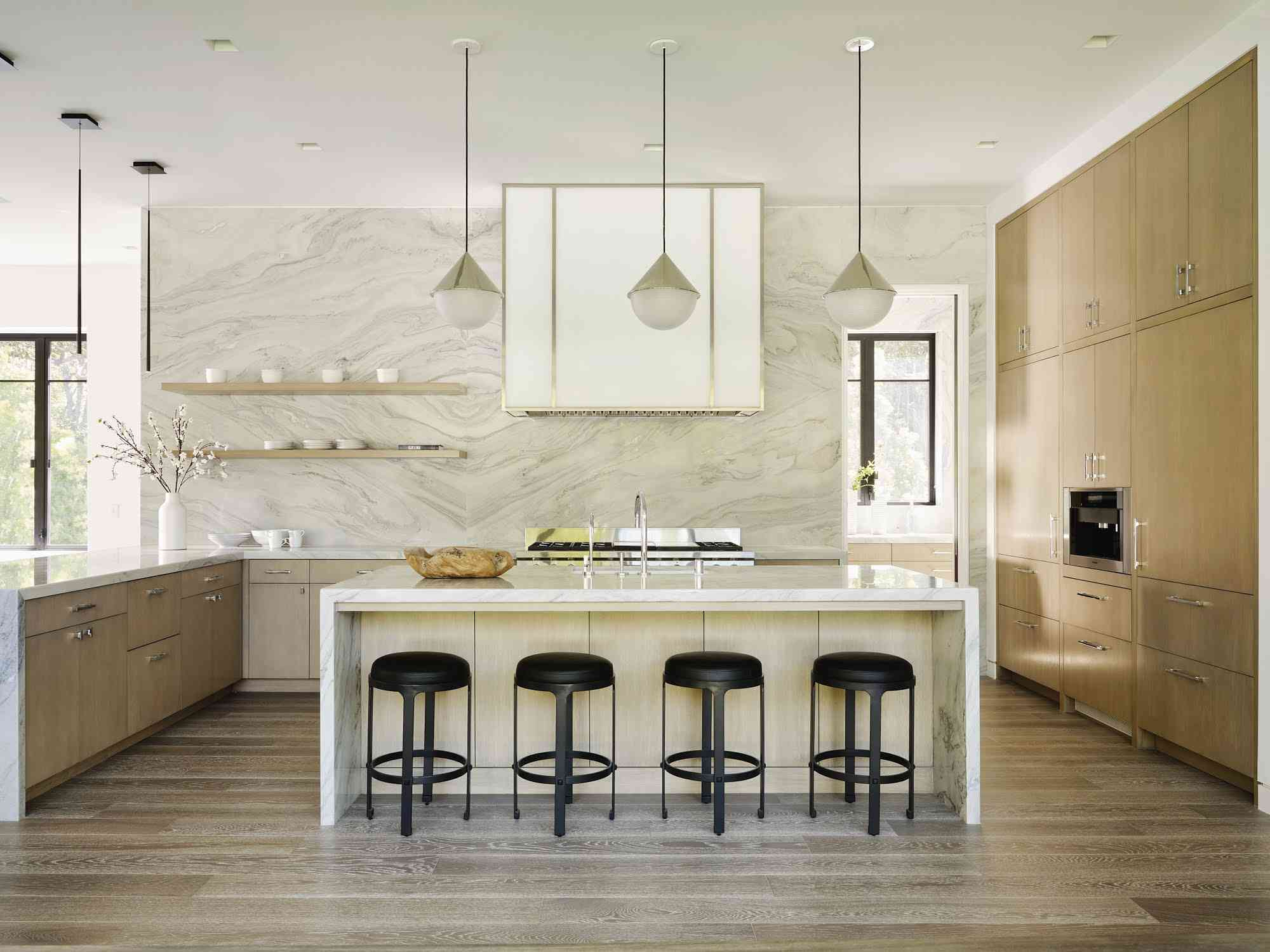Your kitchen floor. It’s more than just something you walk on. It’s the stage for countless meals, family gatherings, and everyday moments. It bears the brunt of dropped utensils, spilled drinks, and endless foot traffic. So, picking the right tiles isn’t just about aesthetics; it’s about durability, practicality, and creating a space you truly love. Ready to give your kitchen a fresh start from the ground up? Let’s dive in and explore the wonderful world of kitchen floor tiles.
Think about your kitchen. What’s the first thing you notice? Often, it’s the floor. It sets the tone for the entire room, influencing its overall vibe, from cozy and rustic to sleek and contemporary. But beyond looks, kitchen floors have a tough job. They need to withstand spills, stains, heavy appliances, and constant wear and tear. That’s where the magic of thoughtfully chosen floor tiles comes in. They’re not just decorative elements; they’re the hardworking backbone of your kitchen environment, offering a blend of beauty and resilience that’s hard to beat. Choosing wisely can genuinely transform the space, making it more enjoyable, easier to maintain, and ultimately, a more cherished part of your home.
Timeless Elegance: Ceramic and Porcelain Powerhouses
When we talk about kitchen flooring, ceramic and porcelain tiles are often the first ones that spring to mind, and for good reason. They’re like the dependable best friends of the tile world. Ceramic tiles are fired at lower temperatures, making them a bit more porous and generally less expensive. They come in a dizzying array of styles, colors, and patterns, so you can find just about anything your heart desires. Think classic subway tiles for a backsplash, or perhaps a patterned encaustic look for a vintage feel.
Now, porcelain tiles? They’re porcelain’s tougher cousin. Made from denser clay and fired at much higher temperatures, they’re incredibly durable, water-resistant, and stain-proof. This makes them exceptionally suitable for kitchens where spills and moisture are common. You’ll find porcelain tiles that mimic the look of natural stone, wood, and even concrete, offering immense design flexibility without the high maintenance of the real thing. For instance, a porcelain tile that looks like reclaimed wood can bring warmth and character to your kitchen without worrying about water damage or scratching. They are also very resistant to chips and cracks, which is a huge plus in a busy household.
Natural Beauty: Stone and Slate Selections
For those drawn to the organic and the enduring, natural stone tiles offer unparalleled beauty and a sense of grounded luxury. Think of the rich veining in marble, the earthy tones of travertine, or the rugged texture of slate. Each piece is unique, meaning your kitchen floor will have a character all its own.
Marble, for example, brings a sophisticated and classic elegance. It’s porous, however, so it requires sealing and careful cleaning to prevent staining and etching from acidic foods like lemon juice or tomato sauce. Despite this, its timeless appeal is undeniable. Travertine offers a warm, Mediterranean feel with its natural pits and pores, which can be filled for a smoother surface or left open for a more rustic look.
Slate tiles are fantastic for a more natural, textured appearance. They are durable and have a beautiful, often variegated color palette, ranging from deep grays and blacks to earthy browns and greens. Slate is also naturally slip-resistant, which is a great safety feature in a kitchen. While beautiful, natural stone tiles can be more expensive and require regular maintenance, such as sealing, to keep them looking their best. But the payoff is a floor with inherent beauty and a connection to the earth that’s hard to replicate.
The Warmth of Wood-Look Tiles
Who doesn’t love the warmth and classic appeal of a real wood floor? The challenge in a kitchen, though, is that wood isn’t the most forgiving material when it comes to moisture and spills. Enter wood-look tiles. Thanks to incredible advancements in printing technology, these tiles can authentically replicate the look and texture of various wood species, from rustic oak to sleek walnut.
What’s truly remarkable is how convincing they are. Ceramic and porcelain tiles can be manufactured in long, plank-like shapes that mimic hardwood flooring perfectly. You get all the visual warmth and style of wood, but with the superior durability, water resistance, and ease of maintenance that tiles provide. Imagine a kitchen with the cozy feel of a farmhouse, complete with wood-look floors, but without the worry of water damage from splashes around the sink or cooking area. They’re also incredibly versatile, fitting seamlessly into both traditional and modern kitchen designs. Plus, many are designed with textured surfaces that enhance their wood-like appearance and can even help with slip resistance.
Beyond the Ordinary: Unique and Modern Options
While ceramic, porcelain, and stone are popular choices, don’t shy away from exploring some of the more distinctive options available to truly make your kitchen stand out.
Vinyl, particularly Luxury Vinyl Tile (LVT) and Luxury Vinyl Plank (LVP), has come a long way. Modern vinyl flooring is incredibly durable, waterproof, and comes in an astonishing array of designs, including realistic wood and stone looks. It’s also generally more budget-friendly and easier to install than many other options, making it a fantastic choice for a quick and impactful kitchen update.
Then there are options like concrete or cement tiles. These offer a very contemporary, industrial-chic vibe. They can be sealed in various finishes, from matte to high-gloss, and can be customized with pigments for unique colors. They’re robust and can handle heavy traffic.
Glass tiles, often used as accents or for a bold statement, can bring a unique sparkle and light reflection to your kitchen. While perhaps not ideal for the entire floor due to potential chipping, they can be incorporated into mosaic patterns or used sparingly to add a touch of glamour. Exploring these less conventional materials can lead to a truly one-of-a-kind kitchen transformation.
Practical Considerations: Durability, Maintenance, and Safety
Choosing kitchen floor tiles isn’t just about what looks good; it’s about what works best for your lifestyle and the demands of a busy kitchen. Durability is key. You want tiles that can withstand heavy use without scratching, chipping, or fading. Porcelain and denser ceramic tiles generally excel here.
Maintenance is another huge factor. Do you have time for regular sealing and special cleaners, or do you need something you can just mop up easily? Porcelain and glazed ceramic tiles are typically the easiest to clean and maintain. Natural stone, while beautiful, often requires more attention.
And let’s not forget safety. Kitchens can get wet, so slip resistance is crucial. Look for tiles with a textured surface or a higher coefficient of friction. Many tiles are rated for slip resistance, so check those specifications. Even within a material type, different finishes can affect slipperiness. A highly polished finish might look sleek but can be hazardous when wet, whereas a matte or textured finish offers better traction. Thinking about these practical aspects upfront will save you headaches down the line and ensure your beautiful new floor is also a safe one.
Making Your Choice: Style Meets Substance
So, how do you bring it all together? It starts with envisioning your ideal kitchen. What’s the overall style you’re aiming for – modern farmhouse, minimalist chic, traditional warmth? Let that guide your material and color choices.
Consider the size and layout of your kitchen, too. Larger tiles can make a small kitchen feel more spacious, while smaller tiles or intricate patterns can add visual interest to a larger area. Think about grout lines – lighter grout can make a space feel brighter but shows dirt more easily, while darker grout can be more forgiving.
Don’t be afraid to get samples. Bringing tile samples home and seeing them in your kitchen’s lighting, next to your cabinets and countertops, is invaluable. It helps you gauge color, texture, and how the tiles interact with the natural light throughout the day.
Ultimately, the best kitchen floor tile is one that combines your personal aesthetic preferences with the practical needs of your home. It’s about finding that sweet spot where beauty, resilience, and functionality meet, creating a foundation you’ll love for years to come. Happy tiling!
Choosing the right floor tiles is a significant step in transforming your kitchen. From the enduring style of ceramic and porcelain to the natural allure of stone and the clever mimicry of wood-look tiles, there’s a perfect option out there for every taste and need. Remember to weigh the visual appeal against practical factors like durability, ease of maintenance, and safety. By carefully considering these elements and perhaps grabbing a few samples, you can confidently select a floor that not only enhances your kitchen’s beauty but also stands up to the daily rigors of life. Here’s to a kitchen that’s as functional as it is fabulous.

